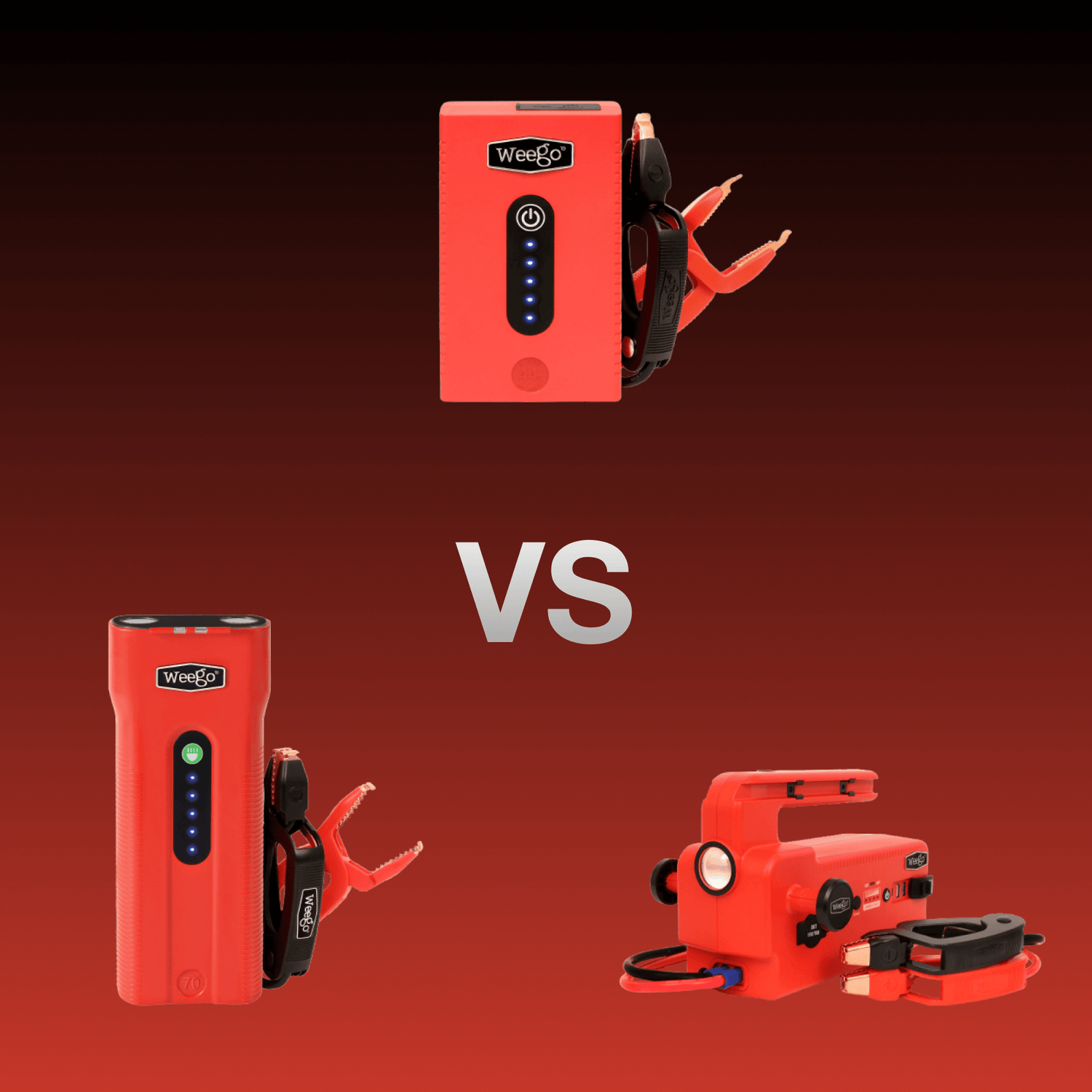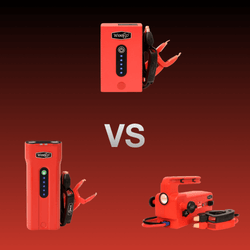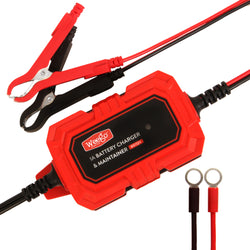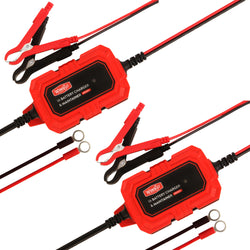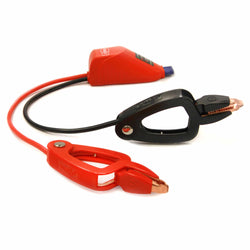In light of the Samsung Note 7 fiasco, as well as the bad Hoverboard memories, we’d like to explain to you just what’s happening in those scary instances when a battery loses its temper aka catches fire. In one of our old blog posts titled How do Batteries Work? we talked about how charge in a battery moves from one electrode to the other; however, these electrodes (Electrode #1 & Electrode #2 ) can NEVER come into contact with each other – that’s why there’s a super-important separator keeping the two away from each other. This separator is good at its job but it doesn’t like heat – heat makes the separator weak, and that’s no good. It’s also worth noting that these electrodes are surrounded by a flammable liquid/gel….

All those yellow circles you see hanging out in Electrode #1 are particles of charge – aka what powers all of your electronics. That charge desperately wants to move over to Electrode #2, but since the separator is right in between, it can’t. Charge is impatient, and wants to get there the quickest way possible – but every time charge moves it creates heat, so it’s important that we regulate the rate at which it moves so as to not create too much heat.
When you connect something to a battery – like your phone, or a lightbulb, you create a path for charge to move from Electrode #1 to Electrode #2. On its way over to Electrode #2, it powers your devices (phone, tablet, GoPro, Flashlight, laptop, etc….). It does so in an orderly fashion, though, and at a very specific speed that is determined by the device it is powering. Say you were to remove the separator though – suddenly the charge has uninhibited access to Electrode #2! What ensues is jailbreak chaos. Seeing the faster option, charge rushes from Electrode #1 to Electrode #2 creating a TON of heat. Remember we said that these electrodes are floating around in a highly flammable liquid? Well when you generate heat from a rush of charge, it in turn heats the flammable liquid around it. What results is smoke, then possibly fire. Not good.
Remember, the fastest way separators degrade is from heat. In Samsung Note 7 batteries, there were teeny, tiny metal particles that accidentally made their way into the batteries when they were being made. Metal particles are conductive; therefore, charge is attracted to those metals. Those metals resting on the separator attract charge, which creates heat. Eventually the separator begins to degrade from the heat, until a hole appears. Well, suddenly there’s an uninhibited pathway for charge to run from Electrode #1 to Electrode #2 and they jump on the opportunity, moving quickly. Fast movements create heat, heat makes the hole in the separator even bigger, and before you know it there’s a fire.
It's scary, and sometimes there’s nothing you can do about it if the battery in your device is already damaged goods, like in the Samsung Note 7; however, YOU can help prevent your good battery from going bad by making sure your device doesn’t get exposed to heat. That means, don’t leave it in direct sunlight, or store it in your car on a hot day. All are bad ideas. Treat your devices like you would your phone – keep it cool, treat it well. :)
